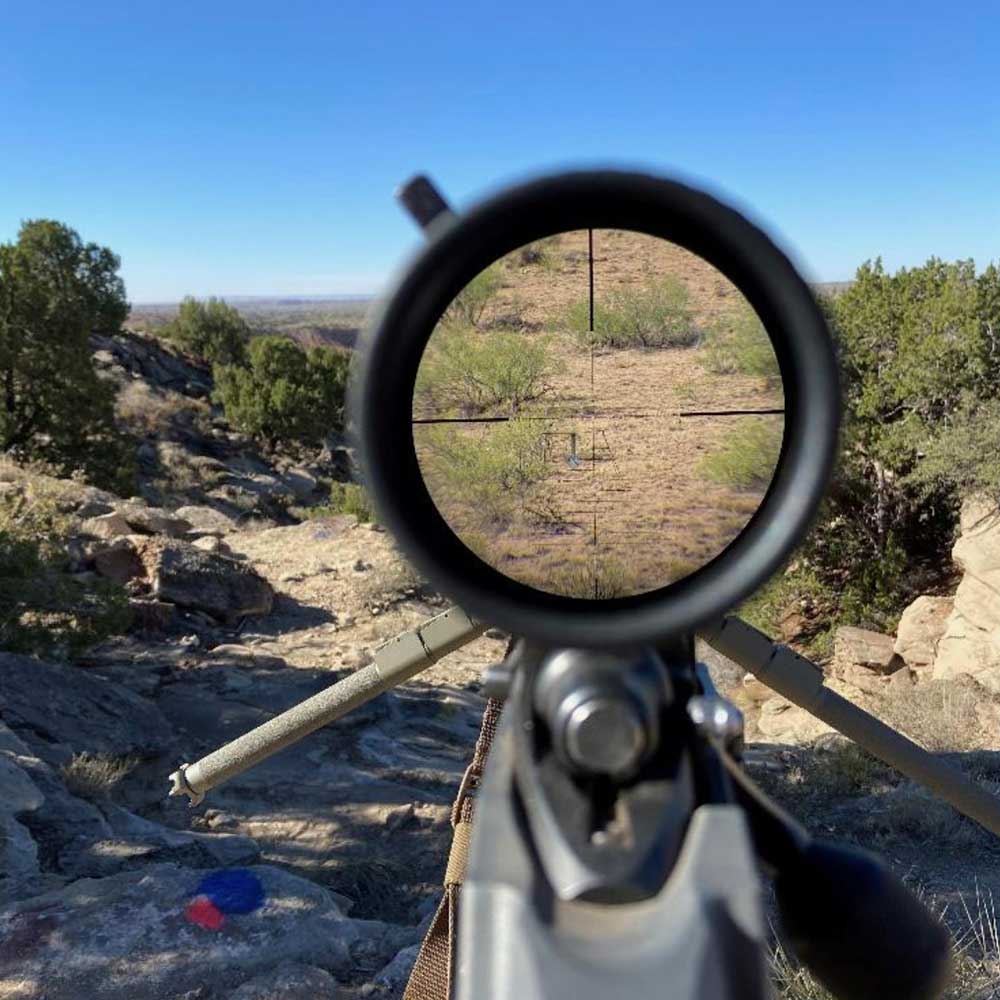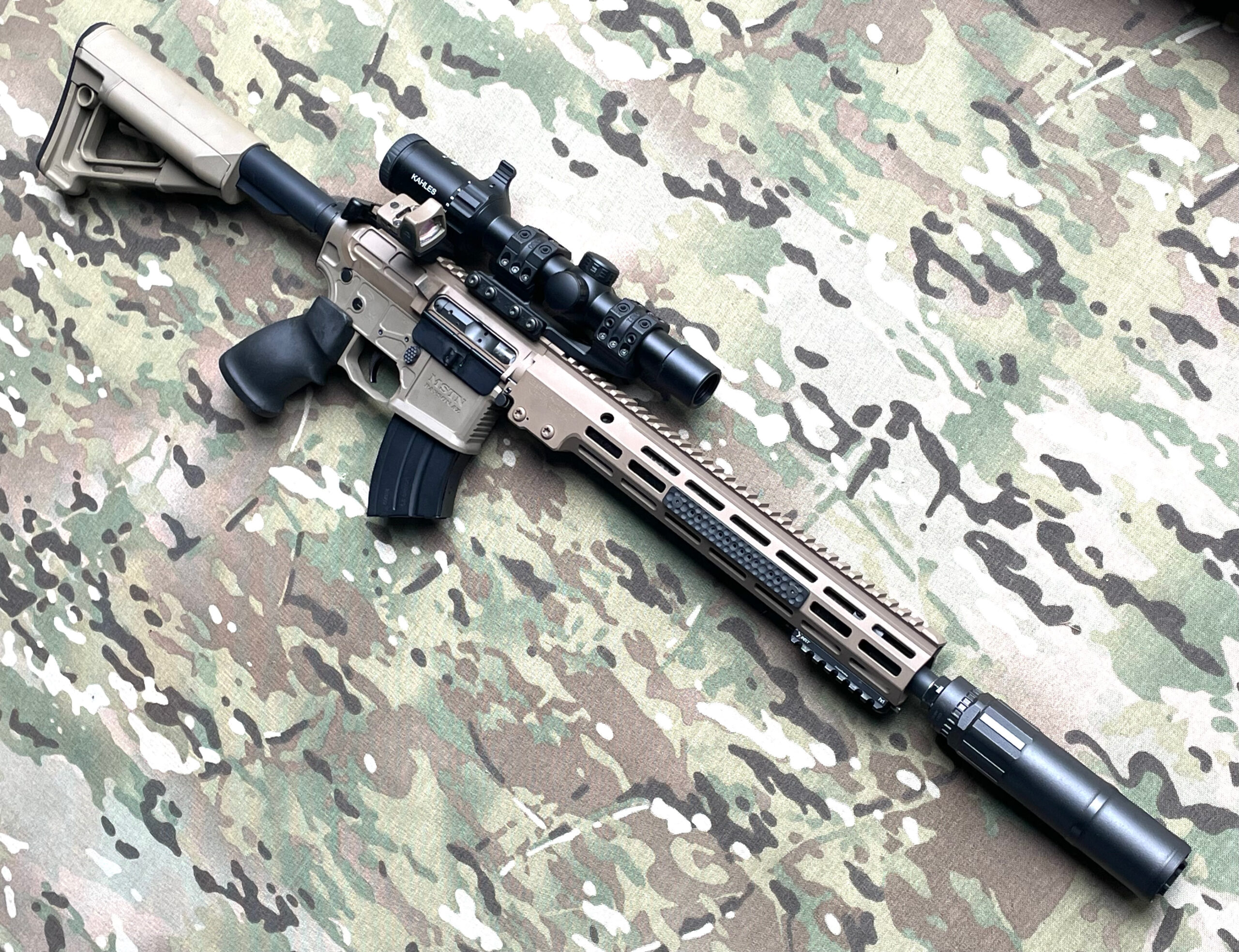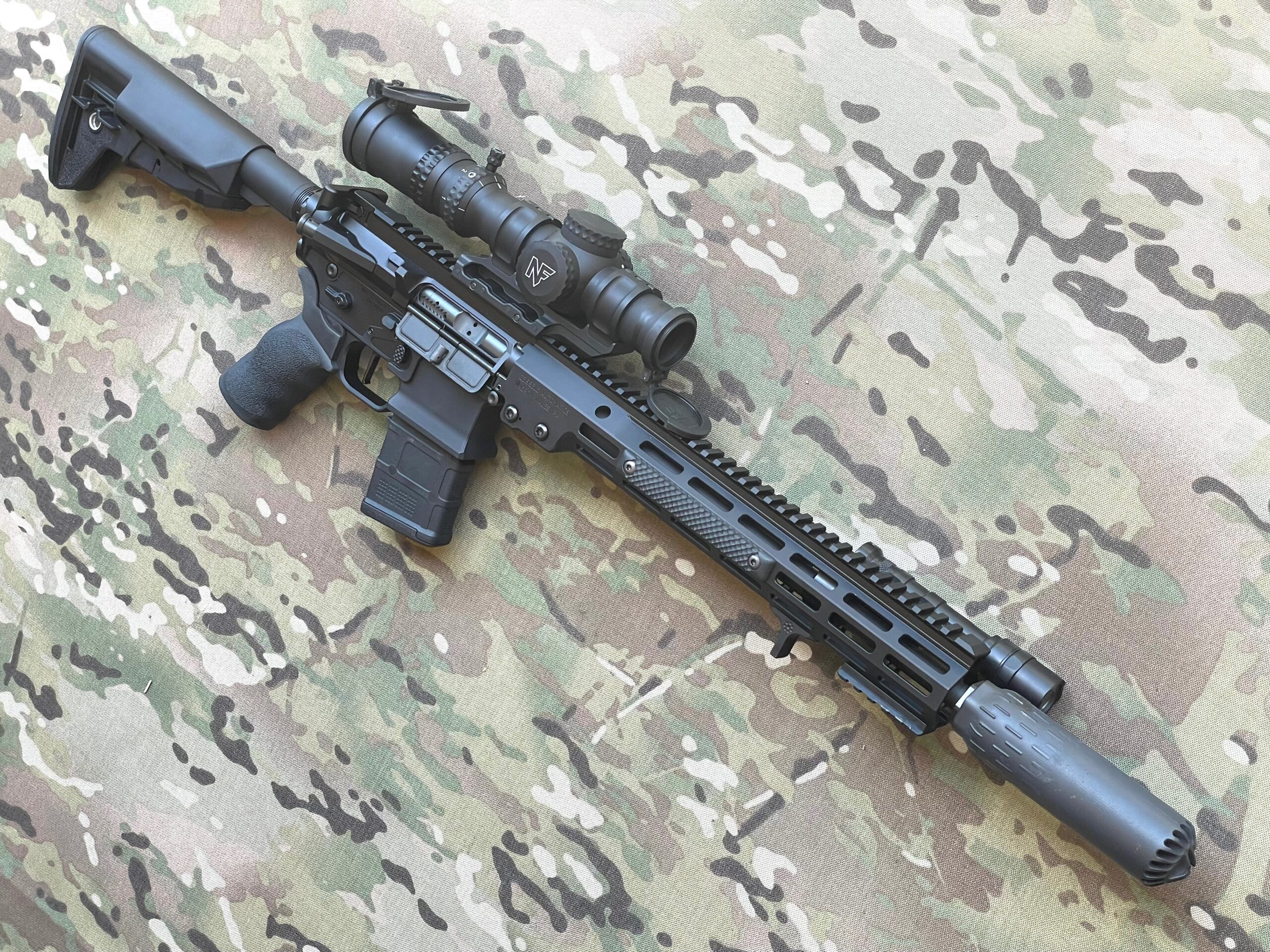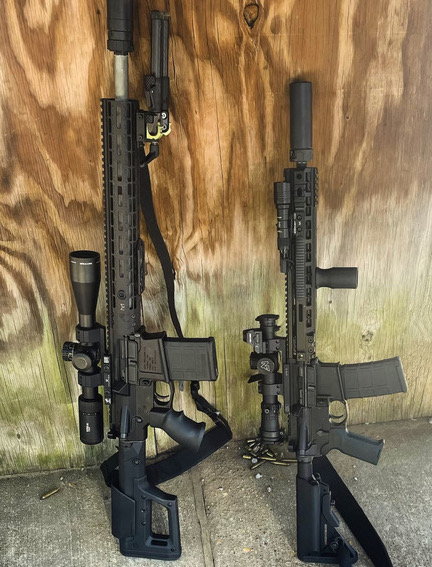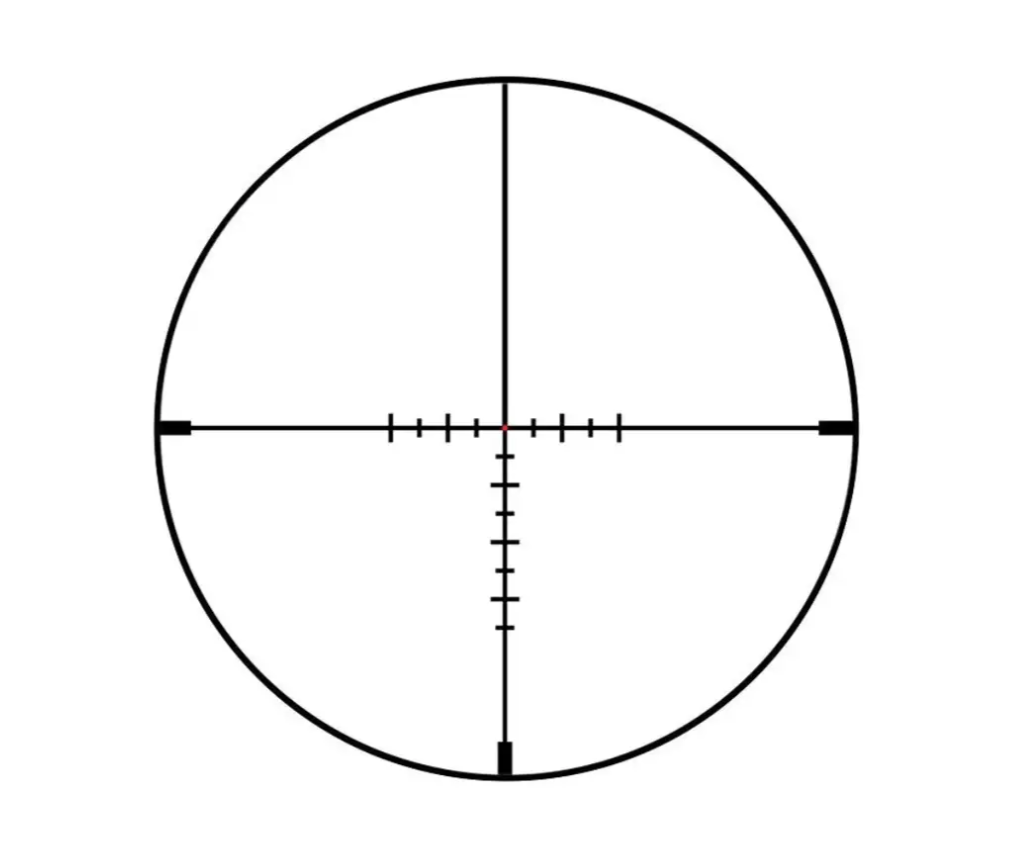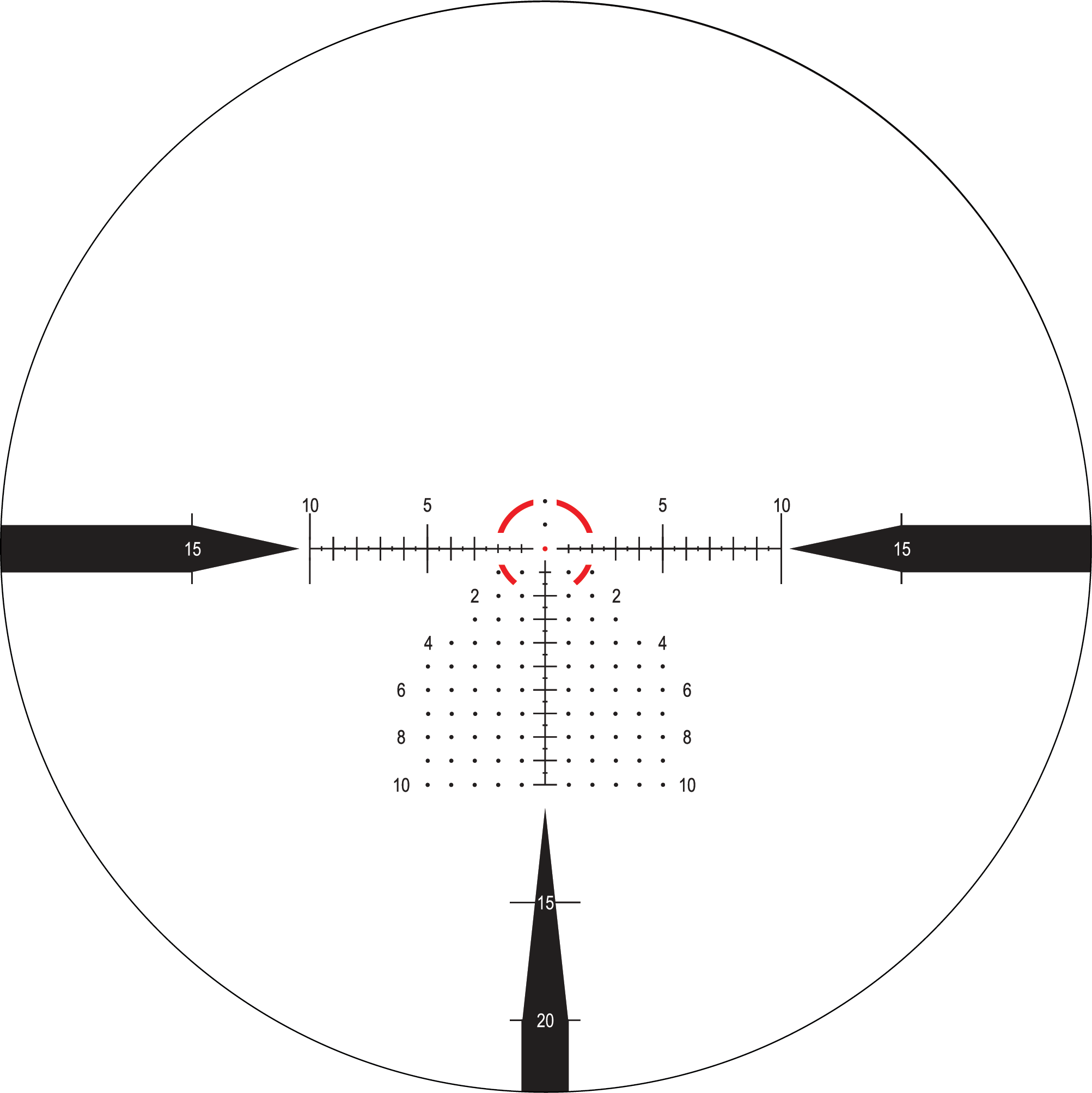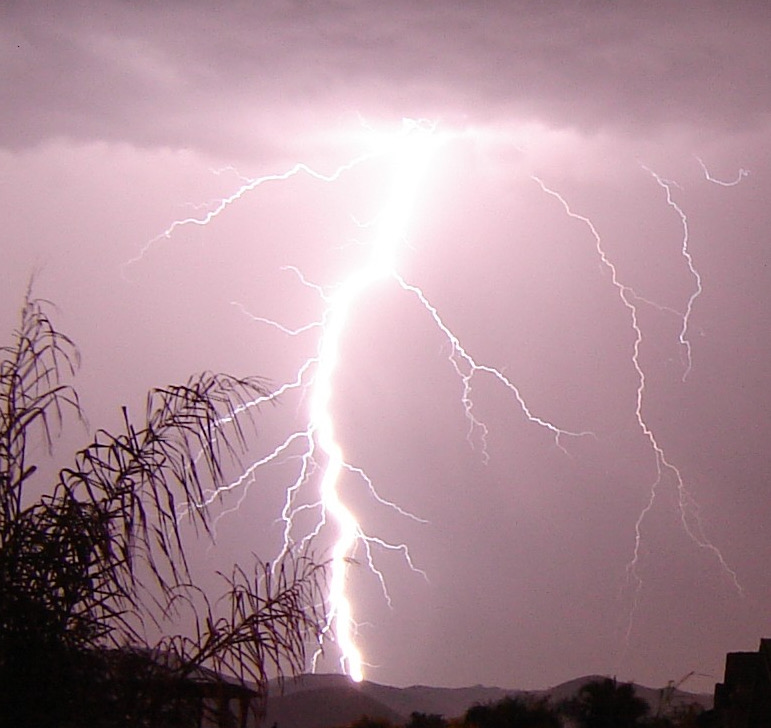Target Acquisition
by Zach Stamp
In recent years, there has been a rising number of sniper competitions requiring shooters to not only engage targets but first to find and range them. I was honored to be an assistant match director for the first Steel City Sniper Challenge outside Birmingham, Alabama. This match consisted of 6 blind stages, half of which were composed entirely of hidden, camouflaged targets. After watching a couple of teams and talking to most of the competitors afterward, it was apparent many teams were struggling to find targets, even when the RO placed their optics directly on them. In this article, I’ll talk about some basic skills needed to improve your overall target acquisition skills and discuss ways to improve yourself, not only for field-style matches but also for hunting and possibly everyday life.
In the military, we teach eight reasons things are seen: shape, shadow, shine/surface, silhouette, siting, spacing, color/contrast, and movement, or 6S-CM for short. Many of these are self-explanatory, but a couple immediately come to my mind when I’m looking for targets. The number one reason things are seen is movement! Unfortunately for competitive shooters, steel targets don’t usually move for us. For hunters, obviously, movement is a big part of finding animals. Another big one for me is SITING. The first thing I do when looking for targets is to survey the terrain and think “where I would put a target.”
From there, I start looking for shapes, silhouettes, and colors to see if anything in those positions looks off. In nature, there are rarely any geometric shapes or objects in a regular, equally spaced pattern. Things like this will start to jump out at you once you learn to look for them. These 6S-CM concepts can apply to everyday scenarios too, not just shooting steel targets or hunting. I’ve had to use them when a pair of binoculars were ripped out of a teammate’s rucksack while 800 feet in the air after jumping out of a “perfectly good” airplane. I was able to put these skills to work and spotted the pair of binoculars laying in a huge drop zone with 4-foot-tall grass while riding on top of a Humvee roof, saving our team leader a whole lot of paperwork and headache.
I rarely hear people talk about “priming your brain.” Imagine if I told you to look at an open field to find an IPSC target I placed out there. I’m sure the first image in your mind would be the typical IPSC steel target painted perfectly white. In so doing, you are subconsciously priming your brain to find exactly that, the perfectly painted white IPSC. What if I painted that target brown with tan and green stripes? Even if that target is in the open, you will have a more challenging time seeing it.
Another example of this is deer hunting. If all you visualize is a full-size deer standing perfectly broadside to you, you will struggle to spot that same deer when it presents only a back leg quartering away. One of my first experiences with this was when I was young, growing up in the woods of Missouri. My dad would take me out to hunt mushrooms every spring, and every year he would take me into the middle of a patch of wood and ask me what I saw. Of course, I would see nothing, just dead logs, sticks, and bushes. He would push back some leaves and reveal a giant mushroom under it. Once I saw that first one, it was like someone went and highlighted all the mushrooms that surrounded me.
I now realize he was priming my brain to see the mushrooms in a natural environment. I was searching for morel mushrooms imagining the image you might see from a Google search, not a partially obscured mushroom which was more likely the situation. In recent years, sniper instructors have begun looking into the psychology of priming your brain and how to use that to change their training regimens in order to produce more effective observers. So during your next field match, don’t visualize a perfect target sitting in the open with a clean white paint job. Think about the shape; if the brief says you are looking for circles, break that shape down. Think of what the edges will look like, what the different portions will look like. What does the match director use to place the targets; does he use T-posts or a stand and straps to hold them? By priming your brain to detect targets in the type of environment where they will be found, you will become more effective at locating them.
The last thing I’ll mention is scanning techniques. You should always start your search by eye. Take a minute to get that good scan by eye, identify those locations of interest, and hopefully begin identifying targets. You will be amazed how effectively you can spot targets with your naked eye. Once you have completed your scan by eye, it’s time to move to your optics for a systematic search. Think about mowing the yard near to far, left to right, right to left. A methodical approach to searching decreases the chance of skipping an area entirely. Place your optic on an area and give everything in your field of view a good look. Once you are sure you have scanned everything, move the optic over to the next area, but make sure to maintain a slight overlap. Give your eyes time to take in everything within your field of view before moving on. It’s much easier to detect objects when you are resting and not sweeping through with your optic.
In the sniper world, these skills are essential for mission success, and with the rise of these sniper challenges, these skills are starting to become crucial in competitions as well. These skills will help you be more competitive, make you a better hunter, and maybe even help when you lose your car keys on the kitchen counter. For a more in-depth discussion, I recommend checking out episode 53 of the Modern Day Sniper Podcast “Are You Really a Trained Observer?” Start incorporating target acquisition and detection into your training regimen, and join me at the next Steel City Precision Sniper Challenge.
About the author: Zach Stamp is a Special Forces sniper, sniper instructor, and a competitive precision rifle shooter. It’s hard to attend a shooting event in the Southeast where you won’t run into him. This dude is everywhere.
Like this? Check out our other articles…
[017] Random Thoughts on How to Build an Optimum General Purpose Rifle (GPR)
Random Thoughts on How to Build an Optimum General [...]
[016] Terminology: GPR vs DMR
Terminology: GPR vs DMR by Randy Davis [...]
[015] Quotes: The Art of War
A quote from The Art of War by Sun [...]

